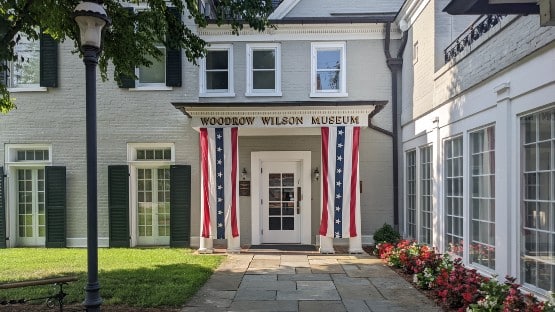
Researchers cross-examined cancer registries with Medicare claims data and determined that of 428 women, approximately 30 percent failed to follow through with their prescribed adjuvant hormone therapy, a treatment to prevent the cancer’s recurrence.
“Almost a third of the prescriptions for adjuvant hormone therapy were not filled, which is much, much higher compared to what we usually see in commercially insured populations,” said Rajesh Balkrishnan, PhD, of the University of Virginia School of Medicine’s Department of Public Health Sciences. “Usually it ranges from about 10 [percent] to 15 percent, so this is almost double that. A third of the women going without adjuvant hormone therapy – that is a scary prospect.”
The findings highlight a major problem in Appalachia, a region where cancer is a leading cause of death and access to healthcare can be a challenge. “This study was one of the first of its kind looking at this region, with not only severe socioeconomic deprivation but geographical barriers to care,” Balkrishnan said. “Women often have to drive many miles to get to the nearest tertiary cancer center or the pharmacy.”
Notably, the researchers found that women were more likely to stick with an older drug, tamoxifen, than with newer aromatase inhibitors. Balkrishnan said he suspects the findings speak to circumstances specific to the region. “One, the diffusion of newer technologies is much slower in Appalachia. Also, the other issue that comes to the forefront is that many of these medications have pretty severe side effects,” he said. “I think what is also happening here is that there are high rates of discontinuance of the medication because a lot of patients are not counseled properly on how to manage the side effects of these medications and how to take medications in conjunction with other aspects of their lifestyles and daily living.”
The study looked at women living in the Appalachian counties of four states: Kentucky, Ohio, North Carolina and Pennsylvania.
“Just having insurance doesn’t seem to be enough,” Balkrishnan said. “All the women we followed had Medicare Part D insurance [covering prescription medications]. But clearly in spite of insurance, the use and continuation of these medications, which is recommended at a level of 80 percent or higher, is not there in a third of the population.”
The study is but the first step in a larger research project Balkrishnan plans to carry out. “Future studies need to tease out why these factors exist and maybe focus a little bit on intervention to improve access and use of essential, life-prolonging medication,” he said.
He noted that the study used data collected before the implementation of the federal Affordable Care Act. “We need to see if policies which are being put in place to increase affordability and access to care are actually making a difference,” he said.
The study results have been published by the scientific journal Medicine. The article was authored by Xi Tan, Vincent D. Marshall, Roger T. Anderson, Joseph Donohoe, Fabian Camacho and Balkrishnan.










